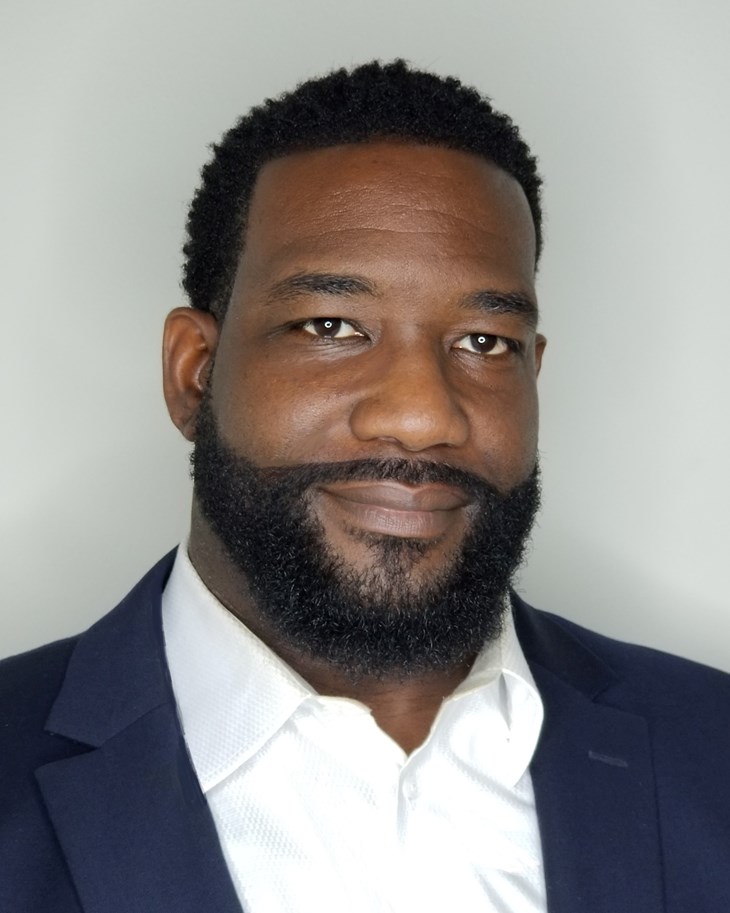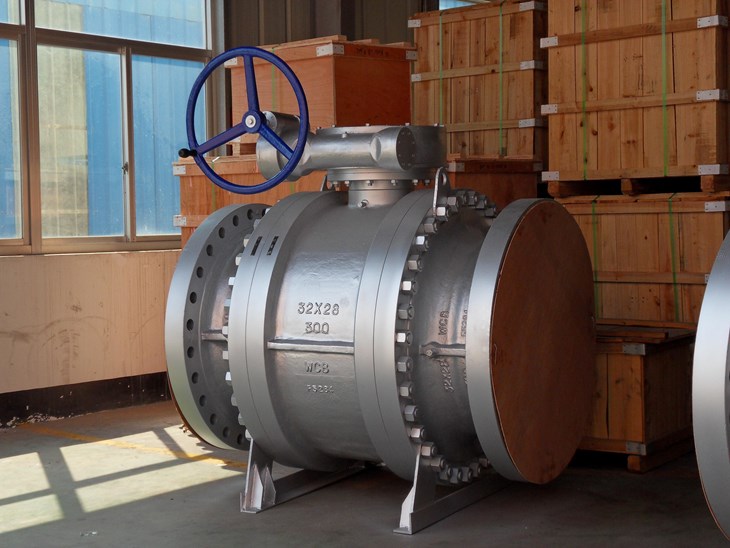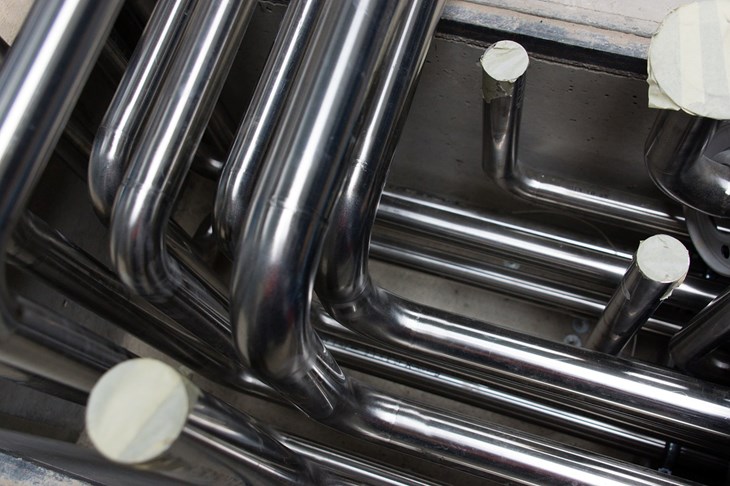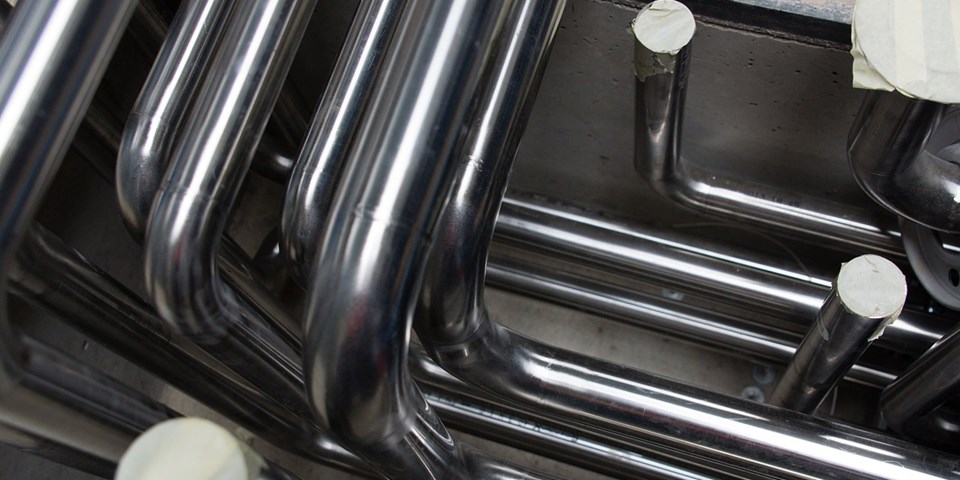Stainless Steel World Americas had the opportunity to speak with Gafford about the projects that allow him to step outside the box, and about his mission to share his knowledge and experience with the engineers around him.
By Brittani Schroeder
Andre Gafford has gained more than 20 years of work experience in the oil, gas, and construction industries. After graduating from the University of Houston Downtown (B.B.A.), he worked for several oilfield service companies, such as Statoil, BP, Shell and Marathon Oil Company. Not only was he an employee for various top-tier companies, he also owned his own businesses and has gained expertise in numerous positions.
Gafford is now the Commercial Procurement Manager at APTIM, a construction and project management company. As the Commercial Procurement Manager, he travels between the company’s Houston, Texas (TX) office and its Baton Rouge, Louisiana (LA) office every other week. “I am based out of Houston, but when Baton Rouge calls, I answer,” Gafford explains. “I do not have a typical working day. Right now, for example, I am working on the biggest project in the company’s history, while also watching our other, smaller projects. Every day brings something new,” he says.
Large projects
Gafford’s team is currently working on constructing an ethane cracker facility in Plaquemine, LA. “The facility is huge. We are talking about 6,000 tons of installed steel, 400,000 linear feet of pipe, and so many pieces of equipment that need to be brought in.” Gafford is in charge of commercial procurement and subcontracting. This includes every piece of pipe that goes into the facility, every fabricated spool, the hundreds of thousands of valve parts, the labor and logistics, the transportation to the facility, the cranes that are needed, the power, the fiber optics – and the list goes on. “All of this comes through my group, and it will take at least 16 months to complete.”
Gafford’s team is also tasked with the installation of the pumps in the facility. Depending on where the pumps are located, the installation process will differ. For example, if the pumps are located in a major piece of equipment, a large number of bolts need to be used, and welding is required to ensure the flanges and other components fi t together properly. “For our current project at the ethane cracking facility, there are over 300 pumps being installed and used. There is a combination of diaphragm pumps, ranging in size from 3/8″ – 1¼”, and piston pumps, 2½” or 1¼” with discharge pressure ranges of 0 to 1,000 psig,” Gafford relays.
In terms of valve types used on the project, Gafford has seen a wide variety used. “There are gate valves and ball valves, 6″ and 8″, just to name a few. The valves all have to be able to handle a cold and hot service and, as these facilities contain miles and miles of pipes, they all need to be connected by valves that are constructed of many different materials.” When asked what types of materials he has seen, Gafford explained that he sees a lot of carbon steel, stainless steel, titanium and Inconel being used. “We source materials from all over the world: U.S.A., Italy, Asia, etc. We fabricate pipes here in Louisiana, and we also have two facilities in the Middle East – Bahrain and Abu Dhabi – that are fabricating for us as well.”
To source materials globally, Gafford’s team uses an Approved Vendors List provided by the customer. “The specifi cations for this project are pretty tight because the facility is really restrictive as far as what kind of material can be used,” he explains. Vendor qualifications are vetted several times, first by the customer’s quality control team, then by Gafford’s quality control team. Once the qualifications have been approved, Gafford and his team reach out to the manufacturers to acquire the materials. “For this specific project, there are over 200 vendors on our list.” Specifications for the materials can include country of origin, mill certs, strength requirements, specific testing, and more.

Specific testing
Many tests are required for large-scale projects. A number of the plants that Gafford constructs hold and require a lot of pressure applications. If the pipes crack or fail in any way while the gases and chemicals are being pumped through the pipes, it will result in a major issue. “We have inspectors and quality control teams in the fabrication shop watching every bit of the process, because we need to know whether we can trust the material or not.” Tests that are run could include hardness tests; hydro tests to ensure the seals and welds are holding; and chloride tests to ensure the material is not counterfeit. “Counterfeiting materials is a huge issue experienced worldwide, especially on projects like the ethane cracker facility. We must ensure that we receive what we have requested. Traceability is a crucial – we need to be able to track it back to where it came from,” Gafford explains.
Specific tests are also done on the valves for the facility. “The seats of the valves are all pretty standard, and quality tests are typically done before they leave the manufacturer,” says Gafford. He and his team will test pressure and integrity of the welds during the fabrication process, and on site, by running a hydrostatic test. Hydro testing is a nondestructive test typically done with water, verifying performance and durability in pressure vessels such as pipes.
Gafford believes that safety is paramount, and there are many safety requirements that must be met for each project the company works on. “We do so many hours of training to make sure our people are going to be safe on the job,” Gafford relays. “The most frequent type of injuries are hand injuries, because it is so natural to just reach out and grab stuff with your hands. But if you grab the wrong thing at the job site, you could lose that hand.” Safety protocols require wearing all necessary personal protective equipment (PPE), including gloves, glasses, hats and steel-toed boots. “You are welding pipes, tightening blots, and moving material – you are using your hands for all of that, and you need to protect them.”
Multiple projects
Gafford’s team handles a variety of projects, and usually more than one at a time. His team is in charge of procuring a large amount of equipment and services for those projects. The materials that complete the project are essential, but so are the sub-contractors that perform the fabrication, testing, painting and other tasks that make these projects happen. “Bidding, awarding and negotiating those contracts is a game within a game. Making sure the contractor knows how to do a task, follows the correct process, and does it for the price agreed is a byproduct of having a solid contract in place,” Gafford explains.
While Gafford focuses a large portion of his time on the ethane cracking facility project, he is still looking after the smaller projects that are active. “I juggle a lot on the commercial side, which is anything that is not government-related. We have projects in Texas and Louisiana, among others, so we are all over the place. But I have a lot of help,” he admits.
Gafford has created his own system to keep his projects organized. His team consists of expediters to help make sure materials arrive on time, inspectors in the shops to monitor progress, quality control workers to ensure any errors are reported and handled, buyers who place the orders for the materials, subcontractors that help with the labor-intensive contracts, and more. “It can get pretty busy, but I have a lot of assistance and we manage it all,” Gafford says.

Managing expectations
Handling extended lead times is a frequent task in Gafford’s position. “Extended lead times are inevitable, but we try to mitigate the problem by monitoring data,” he explains. “Our expeditors use data that is pulled out of our software system to monitor influx of materials.” The progress is monitored and the team can see when the products have been shipped. The team also receives daily reports from their subcontractors about what has been produced and when it has arrived. There are a lot of spreadsheets and phone calls, and all facets are working towards the same goal: meeting deadlines. “We also include certain language in our contracts that ensure all parties know that they are required to stay on schedule, and if they fall behind there will be penalties. For an EPC business, meeting deadlines is essential.”
When someone falls behind schedule, research needs to be done to figure out why the delay has occurred. It is important for Gafford to be aware if the materials could not be obtained in time, or if there was not enough manpower used for the project. “The actions we take are also dependent on whether the project was chosen to be ‘lump sum’ or ‘time and materials,’” said Gafford. “Lump sum, for example, is when someone tells you they can complete a project by Wednesday afternoon for $10. That means I will expect that project complete and in my hands by Wednesday afternoon, and I will pay $10 for it. If somehow it cost them $15 to get it done on time, I still pay $10, as per the agreement we made. In contrast, the time and materials agreement means we pay by the hour, for labor time and cost, and for the cost of the materials.” If a lump sum agreement is made and not delivered on time, it can cause schedules to fall behind, and this can be detrimental to a project’s progress.
Non-conformance
Gafford’s team has also run into what he calls ‘non-conformance’ in their work. This is when the team receives a piece of material from a supplier that does not meet the requested specifications. At times, while the material and grade may have been correctly supplied, the supplier might have drilled a hole in the wrong part of the material, which is common with structural steel. In this case, the problem must be fixed. “Oftentimes we will send back the materials and ask for a replacement to be sent to us, but if we are working close to the deadline, we may get one of our subcontractors to fix the issue, and then bill the original supplier for the labor. We have to hold people accountable,” Gafford stressed.

A mentor for life
Mentoring younger supply chain professionals is one of Gafford’s passions, and closing the knowledge gap is another. Therefore, Gafford will only work where mentorship opportunities are available. “Sharing my knowledge and experience is a part of who I am, so I will always need that aspect in my job,” he explained. “Most of the people on the procurement side of things are older, experienced people, but they do not leave room for younger people to come in and learn.” For this reason, Gafford is constantly bringing in new people and hiring new talent to work on his team. He also works closely with schools in Texas and Louisiana to find new talent for his team. “I scout and bring in new people whenever I can.”
Communication has always been something Gafford enjoys. “Talking to younger people in the industry, encouraging them to step outside the box and take risks – these are the things I am doing quite often. I do not like playing it safe,” he admitted. “I stress the importance of trying new things because you do not want to be pigeonholed and put into a small box forever. You need to do something that scares you, come up with new ideas and innovate, and then share your knowledge and experiences with others. The things you do in your career are part of who you are, but they are not all you are. Take those experiences, the wins and the losses. Learn from them and share them with others so that we are all made better. In this industry and in life, that is the goal.”

